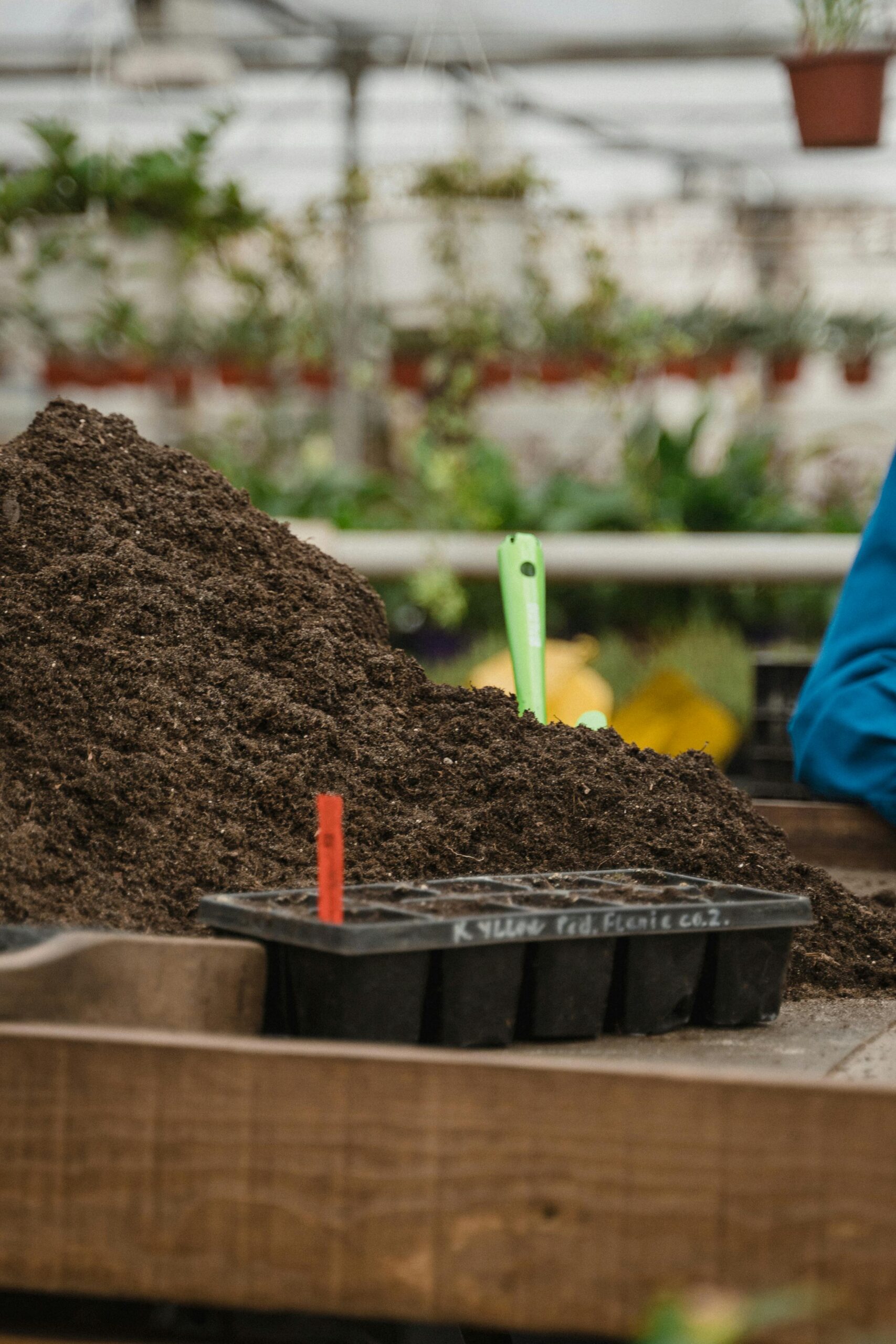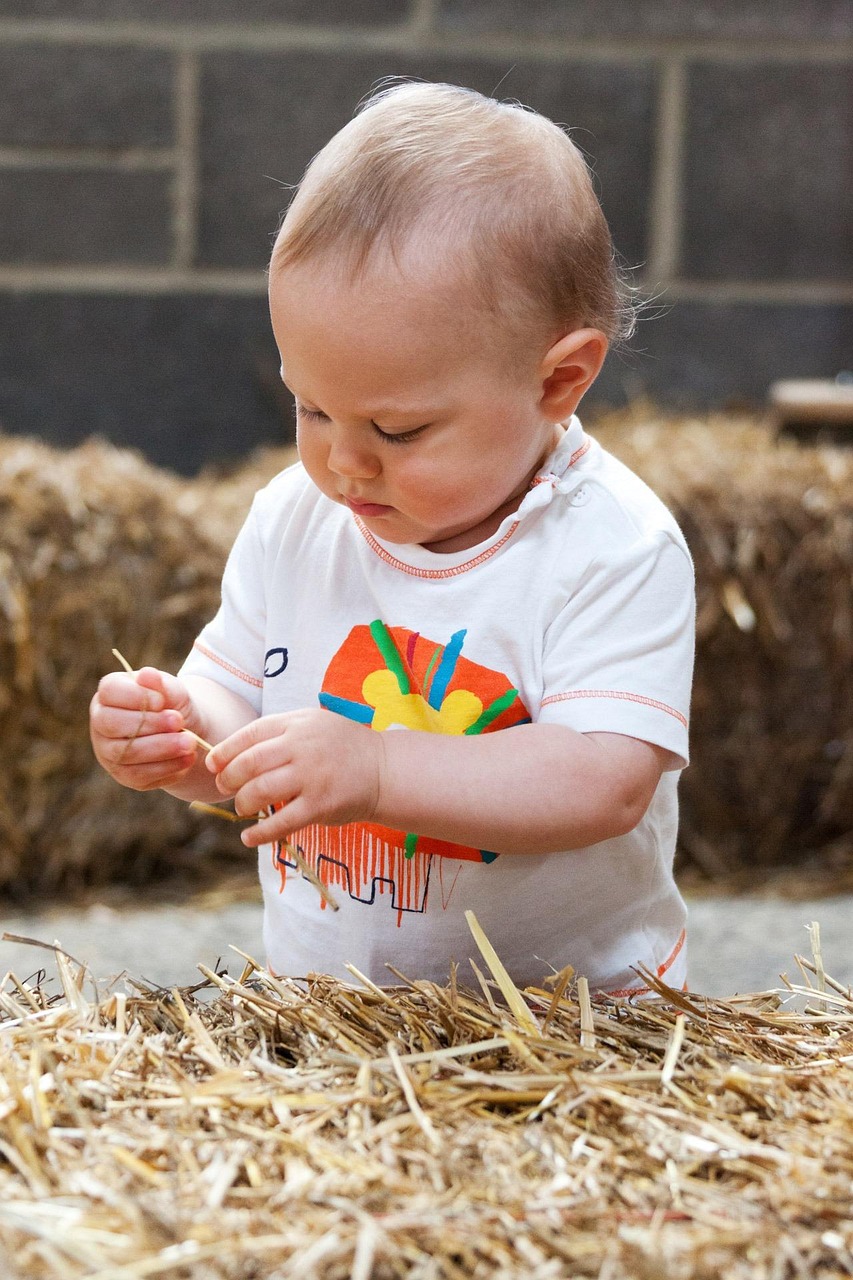Gardening doesn’t have to stop when the temperatures drop! Whether you’re looking to keep your crops producing through the winter or get an early start on spring planting, cold frames and greenhouses are powerful tools for extending your growing season. By protecting your plants from frost, wind, and harsh weather, you can harvest fresh vegetables year-round. Here’s everything you need to know about using cold frames and greenhouses to keep your garden thriving in all seasons.
What Are Cold Frames and Greenhouses?
Both cold frames and greenhouses provide shelter and warmth for your plants, but they differ in structure and functionality.
Cold Frames: Simple and Effective Protection
A cold frame is a small, enclosed structure with a transparent top that traps heat and shields plants from cold weather. Cold frames act as mini-greenhouses, allowing you to grow hardy vegetables through the winter.
🌱 Best for:
- Overwintering cold-hardy crops like kale, spinach, and carrots.
- Starting seedlings early before transplanting them into the garden.
- Protecting tender plants from unexpected frost.
🛠 DIY Cold Frame Tip:
You can easily build a cold frame using an old window or a clear plastic lid on a raised garden bed!
Greenhouses: Year-Round Growing Power
A greenhouse is a larger, enclosed structure made of glass or plastic that maintains a controlled growing environment. Greenhouses allow for better temperature regulation and can house a wider variety of plants throughout the year.
🌿 Best for:
- Growing vegetables in colder months (with added insulation).
- Cultivating delicate plants that need a warm, stable climate.
- Experimenting with tropical plants or hydroponics.
💡 Greenhouse Tip:
To maximize efficiency, invest in thermal mass (like water barrels or bricks) to retain heat inside your greenhouse.
How to Use Cold Frames to Extend Your Growing Season
Cold frames work by trapping heat from the sun and creating a microclimate for your plants. Here’s how to make the most of them:
1️⃣ Positioning:
- Place cold frames in a south-facing location to maximize sunlight exposure.
- Angle the lid slightly toward the sun to capture more heat.
2️⃣ Choosing the Right Crops:
- Hardy greens: Spinach, lettuce, kale, Swiss chard.
- Root vegetables: Carrots, beets, radishes.
- Herbs: Parsley, cilantro, chives.
3️⃣ Ventilation is Key:
- On sunny days, prop open the lid to prevent overheating.
- Close at night to retain warmth.
4️⃣ Mulch for Extra Insulation:
- Add straw or leaves around your plants to provide extra warmth and protection.
How to Use Greenhouses for Year-Round Gardening
Greenhouses offer greater control over temperature, humidity, and light, allowing for continuous gardening regardless of the season. Follow these steps for success:
1️⃣ Regulate Temperature:
- Install automatic vent openers to release excess heat.
- Use row covers or space heaters for extra cold protection.
2️⃣ Choose Crops for Each Season:
🌱 Winter: Kale, carrots, leeks, Brussels sprouts.
🌻 Spring: Lettuce, radishes, onions, herbs.
🍅 Summer: Tomatoes, cucumbers, peppers, eggplants.
🍂 Fall: Spinach, broccoli, Swiss chard, cabbage.
3️⃣ Use Thermal Mass for Heat Retention:
- Store water barrels, stones, or bricks inside to absorb heat during the day and release it at night.
4️⃣ Extend Pollination in Winter:
- Hand-pollinate flowering plants with a soft brush or cotton swab to mimic natural pollinators.
Cold Frames vs. Greenhouses: Which One is Right for You?
| Feature | Cold Frame | Greenhouse |
|---|---|---|
| Size | Small, portable | Large, walk-in |
| Cost | Budget-friendly | Higher investment |
| Best For | Hardy vegetables, starting seedlings | Year-round growing, diverse crops |
| Temperature Control | Minimal (relies on sun) | Adjustable (can use heaters, fans) |
| Ease of Use | Simple setup | Requires more maintenance |
✅ Choose a cold frame if you want an affordable, low-maintenance way to extend the growing season for greens and root veggies.
✅ Choose a greenhouse if you want full control over growing conditions for year-round gardening.
Winter Gardening Tips for Success
🛠 Build Your Own Cold Frame: Use an old storm window and wooden boards for a budget-friendly DIY option.
🌡 Monitor Temperature: Keep a thermometer inside to track fluctuations and adjust ventilation as needed.
💧 Watering in Winter: Plants need less water in cold weather, but don’t let them dry out completely.
🛑 Protect from Heavy Snow: Brush off accumulated snow from cold frames or greenhouse roofs to prevent breakage.
Conclusion
With cold frames and greenhouses, you can grow fresh produce even in the coldest months! Whether you’re looking to protect delicate seedlings, extend your harvest, or cultivate crops year-round, these structures provide the tools you need for a thriving winter garden.
Call to Action:
Are you using a cold frame or greenhouse this season? Share your experiences and tips in the comments below! Don’t forget to subscribe for more gardening and self-sufficiency guides.




Leave a Reply